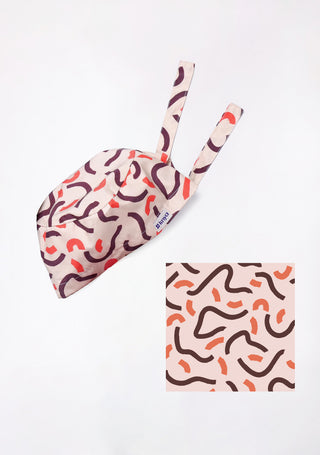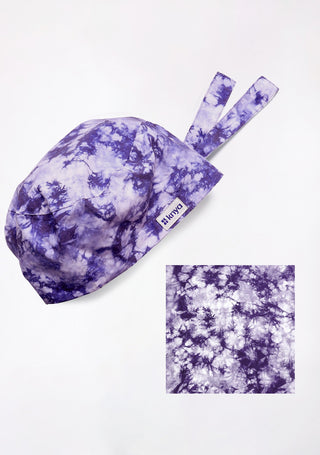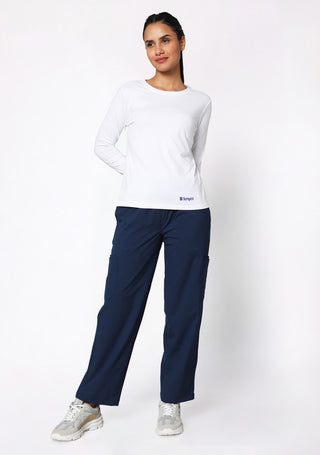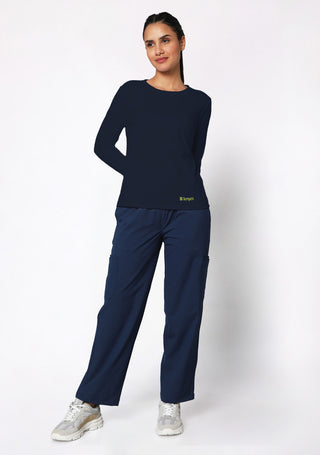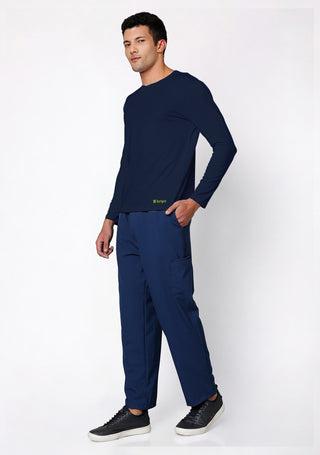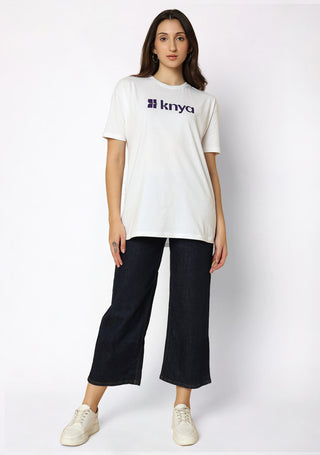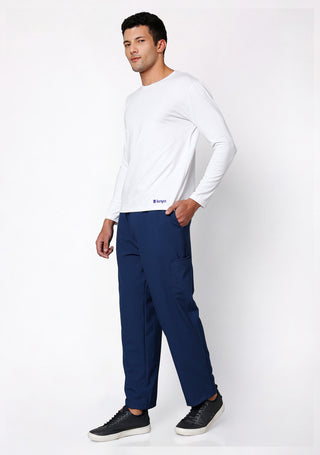When doctors, nurses, and other healthcare workers wear scrubs, they want more than just clothes that look good. They need scrubs that help them do their work easily. Scrubs must be comfortable, strong, and clean even after many hours and tough work. The fabric used in scrubs is very important for this. Over time, the materials and technology used to make scrubs have changed a lot. Today’s scrubs are better because of new ideas and fabrics that help healthcare workers stay comfortable and safe. This blog talks about the science behind these scrub fabrics and why they are made the way they are.
What Makes Scrubs Comfortable?
Healthcare workers wear scrubs for many hours. They move a lot, sometimes fast. This means the scrubs must be comfortable and easy to move in. The fabric should not make them hot or wet from sweat. To solve this, many scrubs are made with fabrics that pull moisture away from the skin. This is called moisture-wicking. It helps sweat dry faster, so the person feels dry even when working hard.
Another thing that makes scrubs comfortable is stretch. Some fabrics can stretch, which helps workers bend, lift, and move without feeling stuck. This stretch comes from materials like spandex added to the fabric. When scrubs stretch well, they fit better and help workers move freely.
Ready to explore our amazing scrubs collection? Browse the best here
How Scrubs Stay Clean and Safe?
Healthcare places have many germs. Scrubs can get dirty or carry germs if not made carefully. So, scrubs now often have something called antimicrobial treatment. This means the fabric stops bacteria and fungi from growing on it. This helps keep scrubs cleaner and safer. When workers move from patient to patient, this stops germs from spreading.
Also, scrubs are made to resist stains. Since healthcare workers deal with blood, medicines, and other fluids, scrubs need to stay clean. Some scrubs have special coatings that stop stains from sticking to the fabric. This makes cleaning easier and keeps scrubs looking better for longer.
Fabrics That Last Long
Scrubs need to be strong because they are washed many times and used daily. If the fabric wears out quickly, workers will need new scrubs often. This is expensive and not practical. That’s why many scrubs are made from a mix of polyester and cotton. Polyester makes scrubs strong and helps them keep their shape. Cotton makes them soft and easy to wear. Together, these fabrics create scrubs that last and feel good.
There are also scrubs made from advanced polyester materials that are designed to stretch in all directions. These fabrics are also good at stopping dirt and stains. They can be washed many times without losing color or shape. These scrubs stay nice and work well even after long use.
Other Features in Scrubs
Besides comfort and safety, some scrubs have extra features. For example, some have UV protection. This means they protect the wearer from harmful sunlight. This can be helpful for workers who spend some time near windows or outside.
Some scrubs also repel fluids. This means if water or other liquids spill on them, the liquid does not soak in quickly. This can protect workers from contact with harmful substances.
Click here to explore comfortable lab coats and discover our complete collection of comfortable and stylish medical apparel
What Is Next for Scrub Fabrics?
Scientists are working on new ways to make scrubs even better. Some ideas include smart fabrics that can check body temperature or heart rate. These scrubs could help doctors know how the worker is feeling during a long shift.
There are also plans to use eco-friendly fabrics made from plants. These fabrics would help protect the environment and still give all the good qualities scrubs need.
Why Choose KNYA Scrubs?
KNYA is a brand that makes scrubs with new fabric technology. They focus on making scrubs that are comfortable, stretchy, and strong. KNYA scrubs use materials that pull away moisture and stop germs from growing. They also stretch well so healthcare workers can move freely. Many healthcare workers choose KNYA scrubs because they feel good to wear all day and can handle tough working conditions.
Conclusion
Scrubs are not just simple clothes. They are made with science to help healthcare workers in many ways. The fabric used in scrubs keeps workers dry, safe from germs, and comfortable. New fabrics can stretch and resist stains, making scrubs last longer. In the future, scrubs may have smart features and be better for the planet. Brands like KNYA use the best materials to make scrubs that meet all these needs. Good scrubs make a big difference in how healthcare workers do their job every day.


